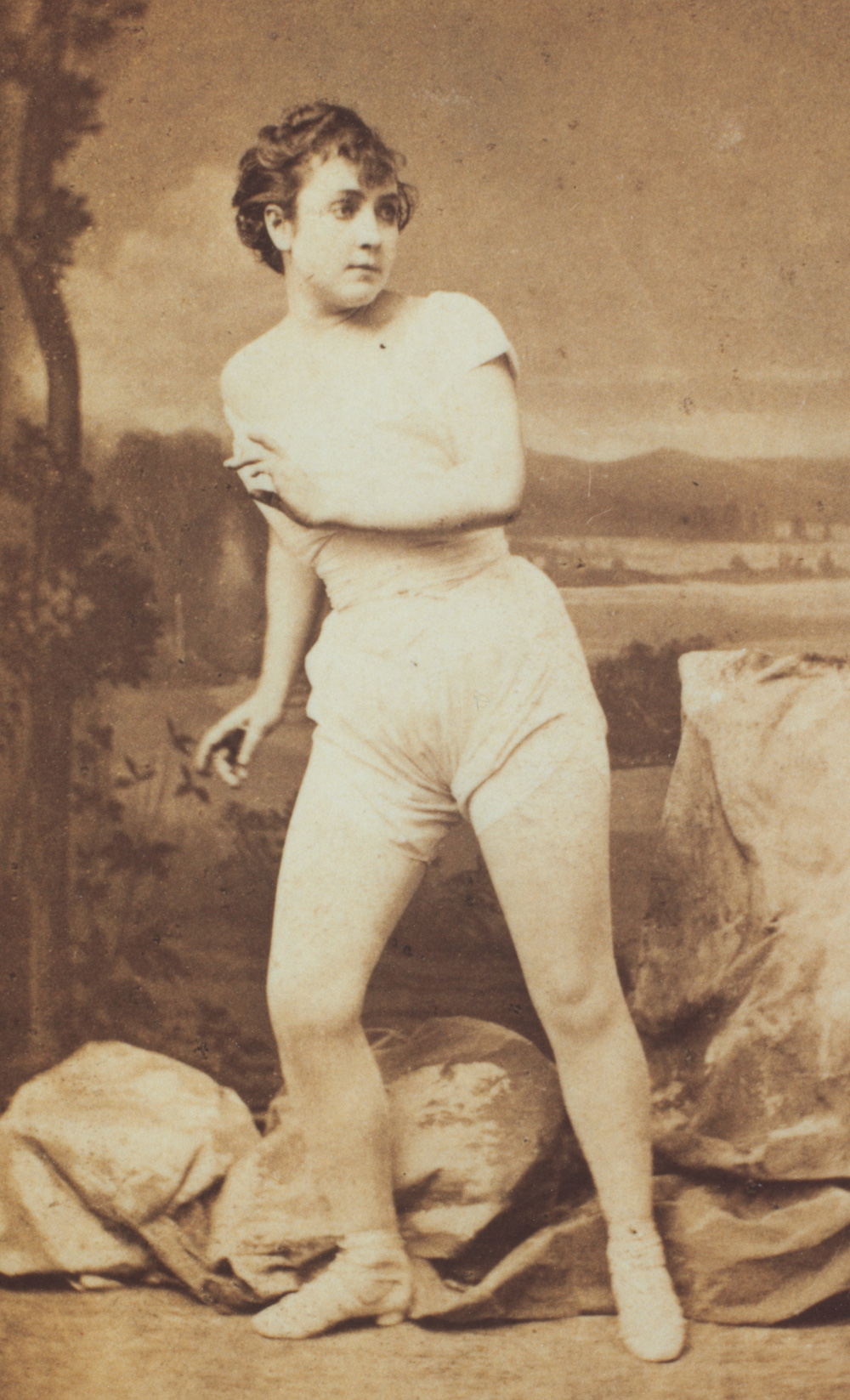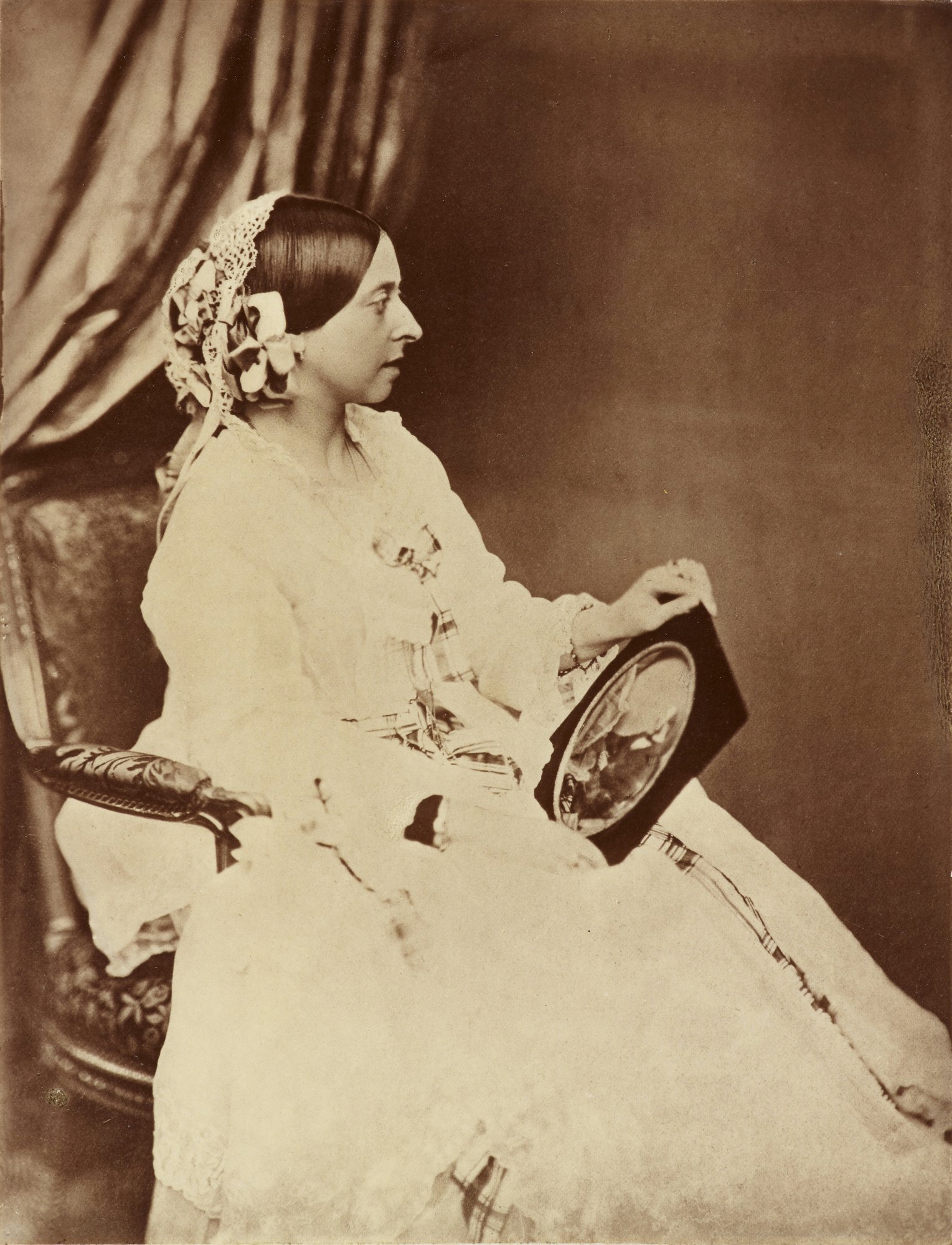In previous articles I have studied the question of Who am I?, looking into Virginia Oldoini, amongst others. Does a portrait reveal our identity or just the way we think of ourselves? Today I'm trying to expand this search with adding a woman who kept her real name a closely guarded secret. She became known as Adah Isaacs Menken (1835-1868). My distinct feeling when reading about her is that she herself also did not exactly know who or what she was. She wanted to be known for her writing, but became the highest earning actress of her time.
During her life she created so many stories about her origins that even today we cannot be 100% certain of the truth. She first published her real name as Marie Rachel Adelaide de Vere Spenser in Bordeaux, France. She also stated Dolores Adios Los Fiertes was her real name. Modern research has shown she perhaps was to born Ada C. McCord, in Memphis, Tennessee, but other origins and names still remain possible.
Her short life was all about Who am I? She was briefly married in February 1855 to G. W. Kneass, a musician. Only a year later she married the man whose name she took: Alexander Isaac Menken. He followed Reform Judaism and Adah created her Jewish roots from his heritage, studying Judaism. By this time she started working as an actress in New York and San Francisco. Also she published some of her poems, but these were not well received. As an actress she became a celebrity, while really wanting to be a writer.
She started to wear her hair in a wavy, short, masculine style, cultivating a bohemian and androgynous look. She slowly created her own image using modern media like photography.


 Henry Mullins
Henry Mullins